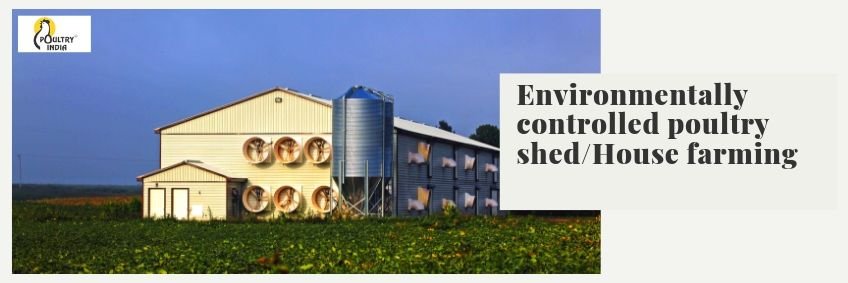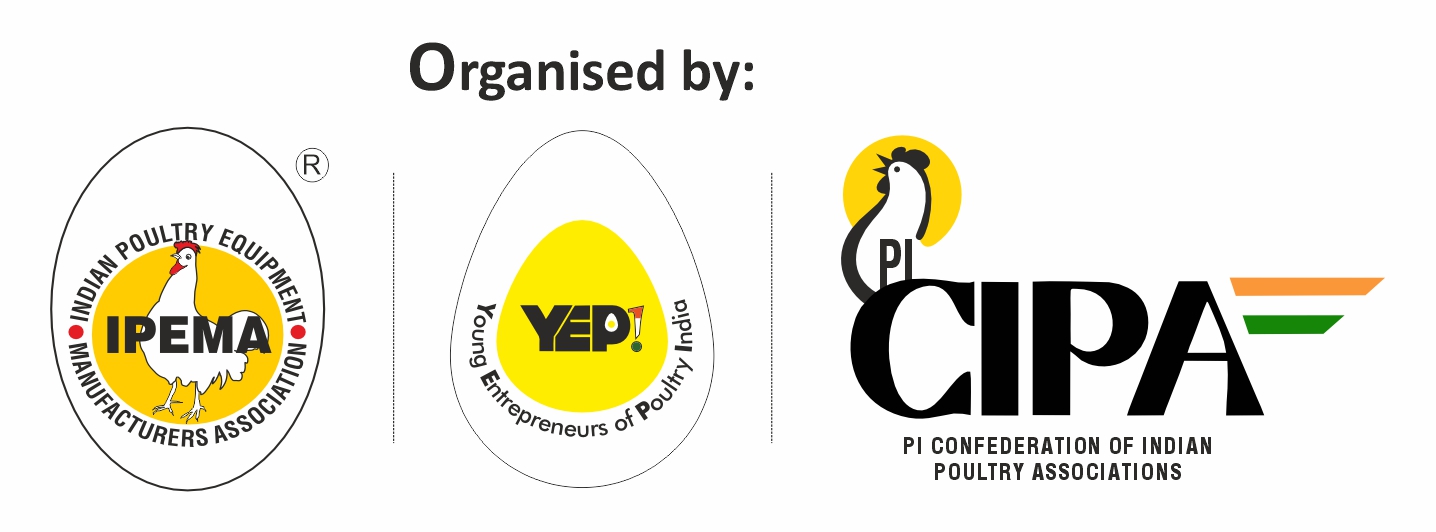Environmentally controlled poultry shed/House farming

The first thing you need to do is to make a blueprint for the shed that you plan to have. You can try to make your own plan, but it is best to make use of the internet for getting an idea about the most conducive and practical plans. Typical poultry shed for chickens makes use of a plan that distributes 21 chickens per square meter. The floor on which the animals are to be reared should be more than 15 cm with variations for more animals. Now you can assume that what would be required for rearing 30,000 to 45,000 birds. The land area required to make a poultry shed for 30,000 broilers should be more than 80000 square feet. It can be more if you are willing to make some good investment in control shed.
Furthermore, a balanced amount of litter is spread all over the floor which primarily consists of wood shavings and other similar materials. An important thing here is the fact that these sheds are of controlled environmental types, so you need to have an efficient ventilation system for the maintenance of the temperature. The birds and animals require a certain temperature profile for their growth.
The windows should be made in such a way that sunlight and fresh air can easily enter the poultry shed. In times of the windy and cold seasons, you must have some brooders for maintaining some heat in the entire structure. It is all because of the fact that farm and domesticated animals are highly susceptible to weather changes. As the animals start to grow the heat requirement comes to a few notches down as the animals are now able to generate some body heat of their own.
In terms of the feeding density, the feeders and drinkers should be sufficient for the accommodation of the 30,000 to 45,000 birds. On average the feeding consumption for one bird should be more than 3 kg for a period of 5 to 6 weeks. Below is the list of some of the most important variables in bird rearing and infrastructure:
- Temperature and humidity maintenance
- Supplementary levels of heating and cooling at all times
- The number of nutrient densities consumed by the birds
- An increase of the biomass in the shed from time to time
- Presence of some heat in the litter and all necessary arrangements for meeting the surface requirement
- The floor area should be kept in mind in the times of heat distribution
All of the requirements elucidated above should be dealt with efficacy and extreme care for making the shed a healthy breeding place for the birds.















